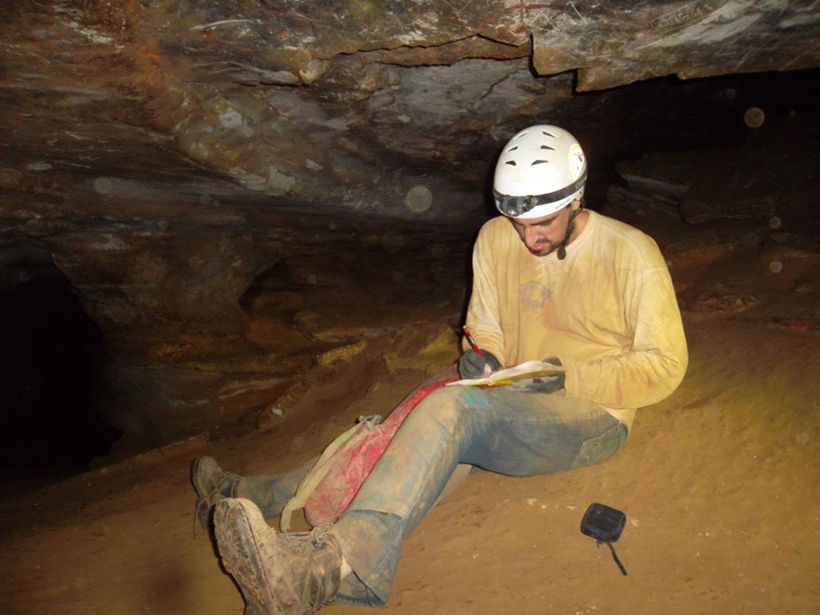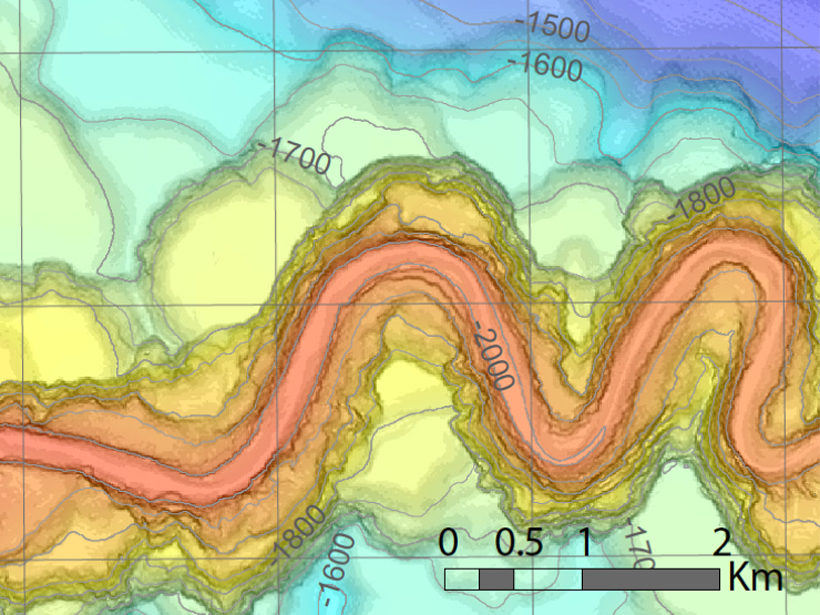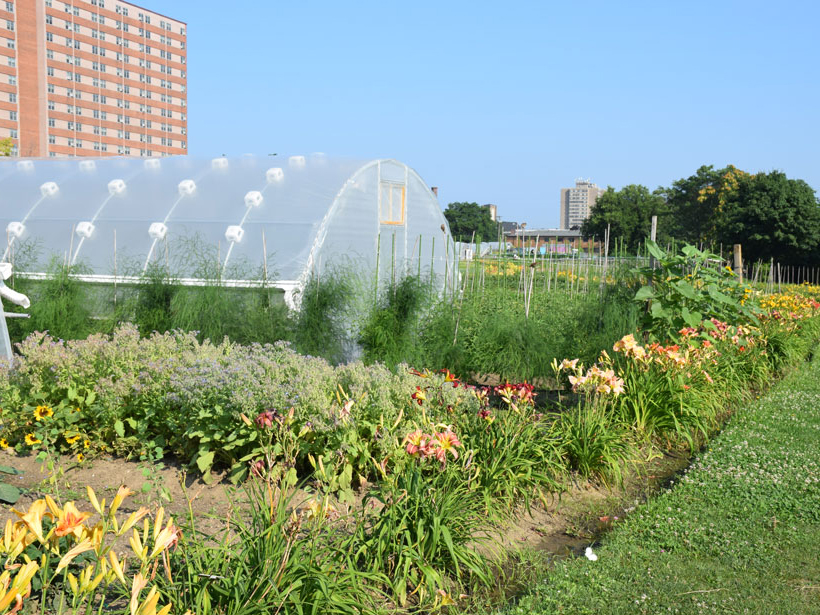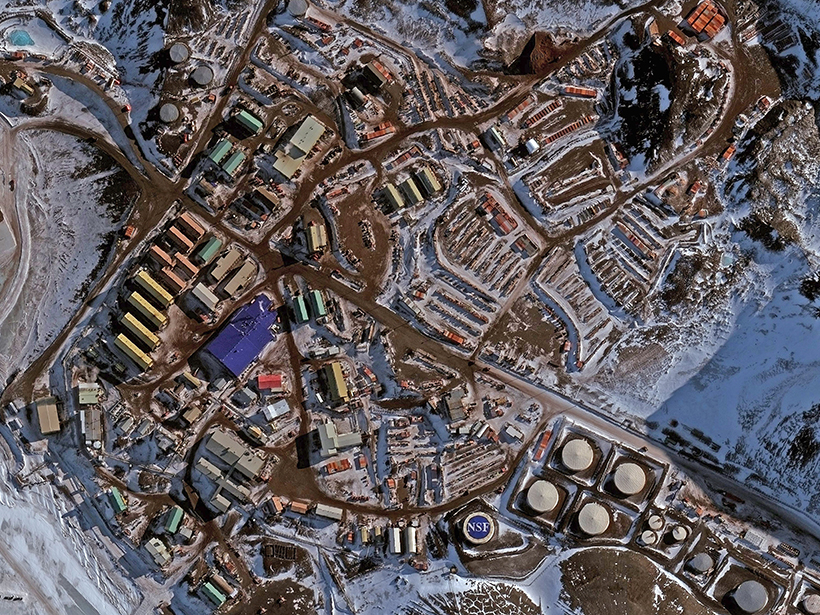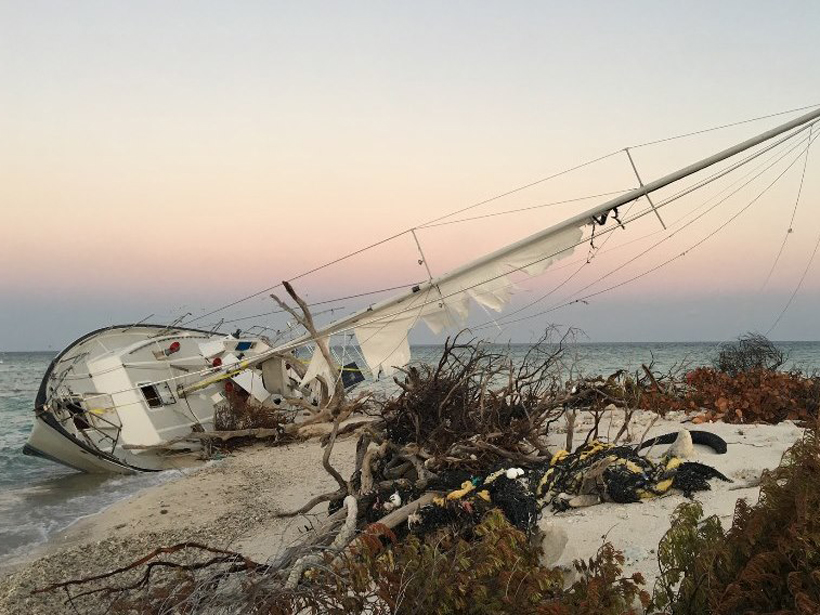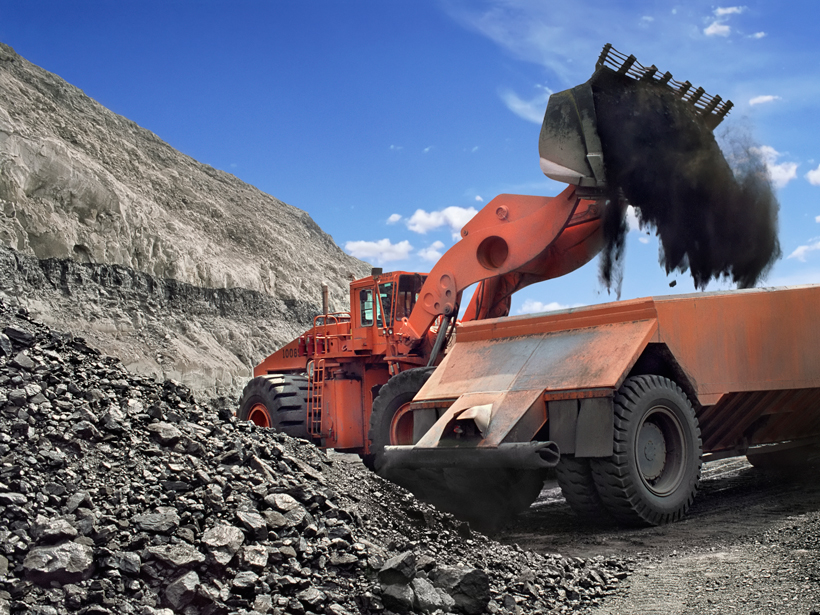Isotopic signatures pinpoint the sinks and surprising sources of methane in widespread karst caves. Researchers suggest that this type of cave globally removes more methane than it produces.
CC BY-NC-ND 2018
Toward a Satellite-Based Monitoring System for Water Quality
Water Quality Workshop for End Users; Greenbelt, Maryland, 27 September 2017
How Do Deep-Sea Gravity Currents Transport Sediment So Far?
The first field measurements of turbidity currents flowing around submarine channel bends indicate spiral flow plays a key role in keeping sediment suspended for hundreds of kilometers.
Urban Agriculture Could Provide Billions in Ecosystem Services
Expanding agriculture efforts in cities could improve food security, ecosystem health, and more.
NSF’s Budget Details Provide Some Good News for the Geosciences
The budget features significant funding for polar region science, including efforts to document and understand rapid changes in the Arctic and to modernize Antarctic infrastructure.
Environmental Ratings Lowest Ever for Congressional Republicans
Senate Republicans averaged 1%, while House GOP members averaged 5%, the worst showing since the League of Conservation Voters scorecard began in 1970.
Measuring Hurricane Wind Speed from Space
A new technique based on GPS signals could provide better wind speed measurements during hurricanes and cyclones.
House Science Subcommittee Hearing Targets Sexual Harassment
Witnesses testified about the culture that allows sexual harassment to persist, harassment’s impact on individuals and the scientific community, and what is being done to combat it.
Can Atmospheric Science Improve Global Disaster Resilience?
Scientific understanding of atmospheric hazards and their interconnectivity can contribute to international policy and disaster risk management.
Fossil Energy Sources Win Out in Interior and Energy Budgets
The budgets reflect the administration’s energy and environment priorities by boosting research and development for coal and oil while decreasing funding for clean and renewable energies and environmental protection.

